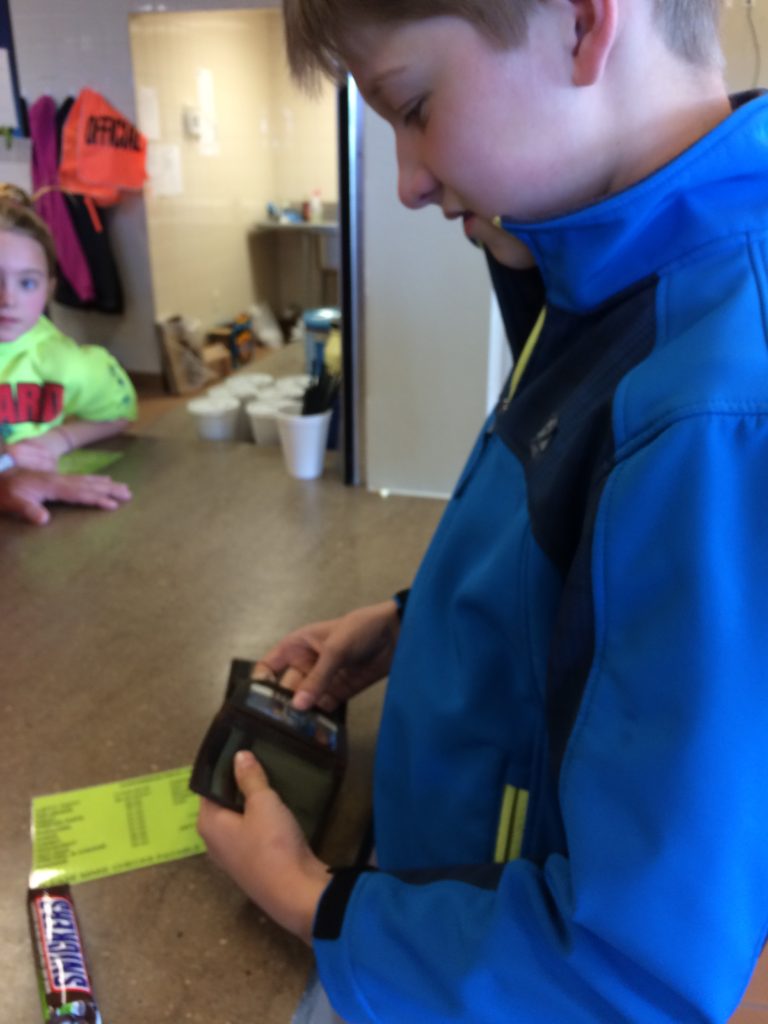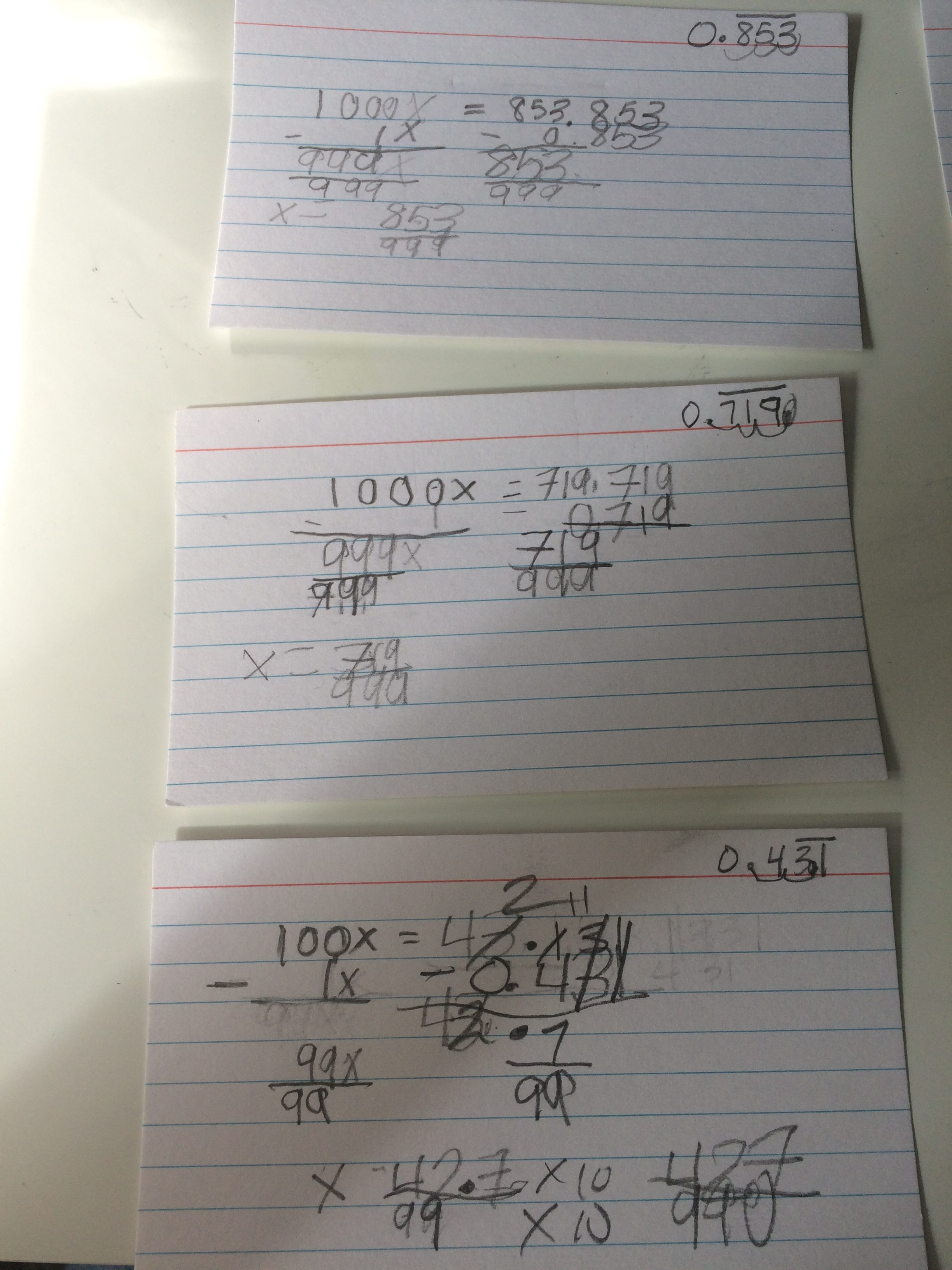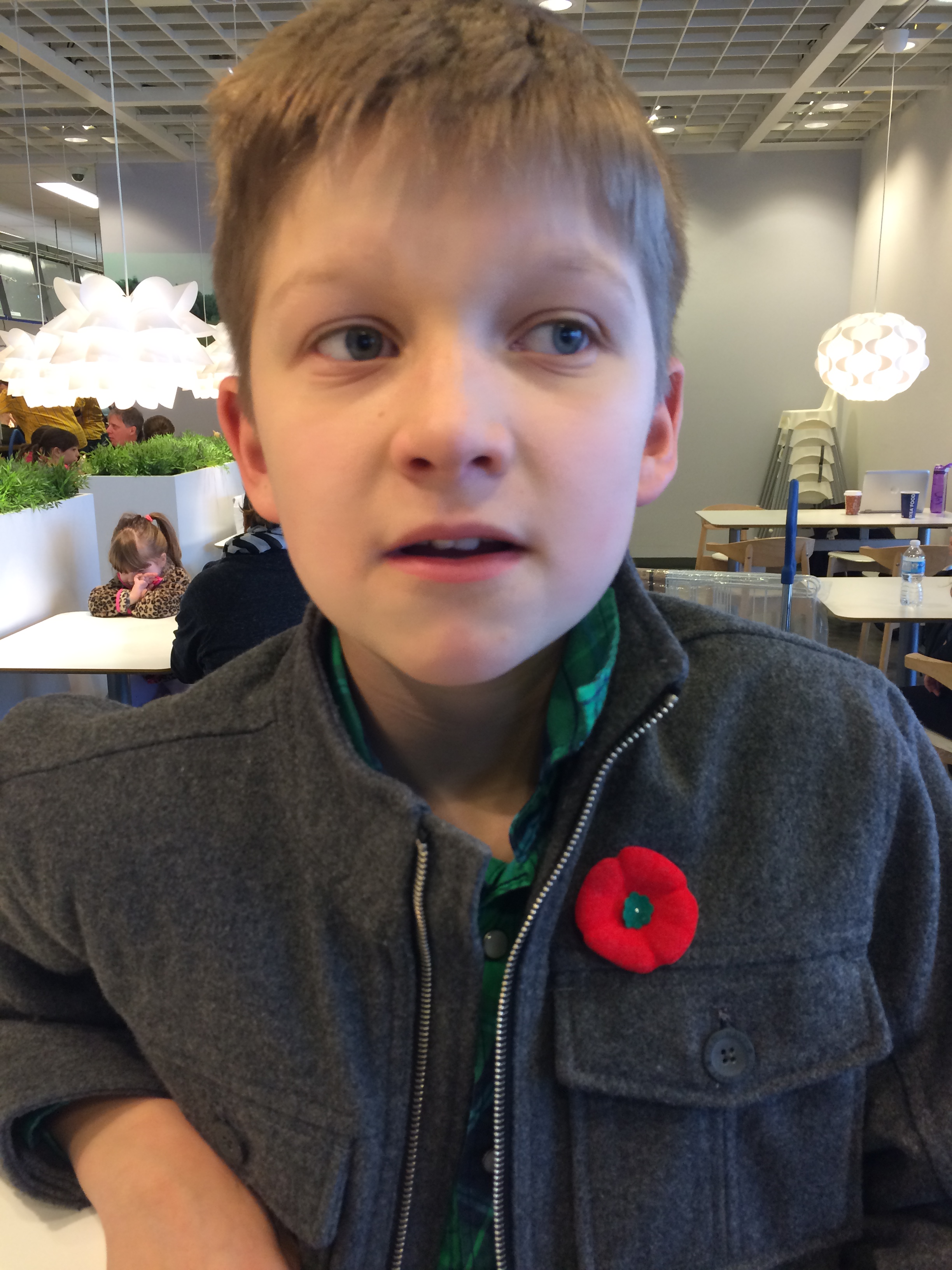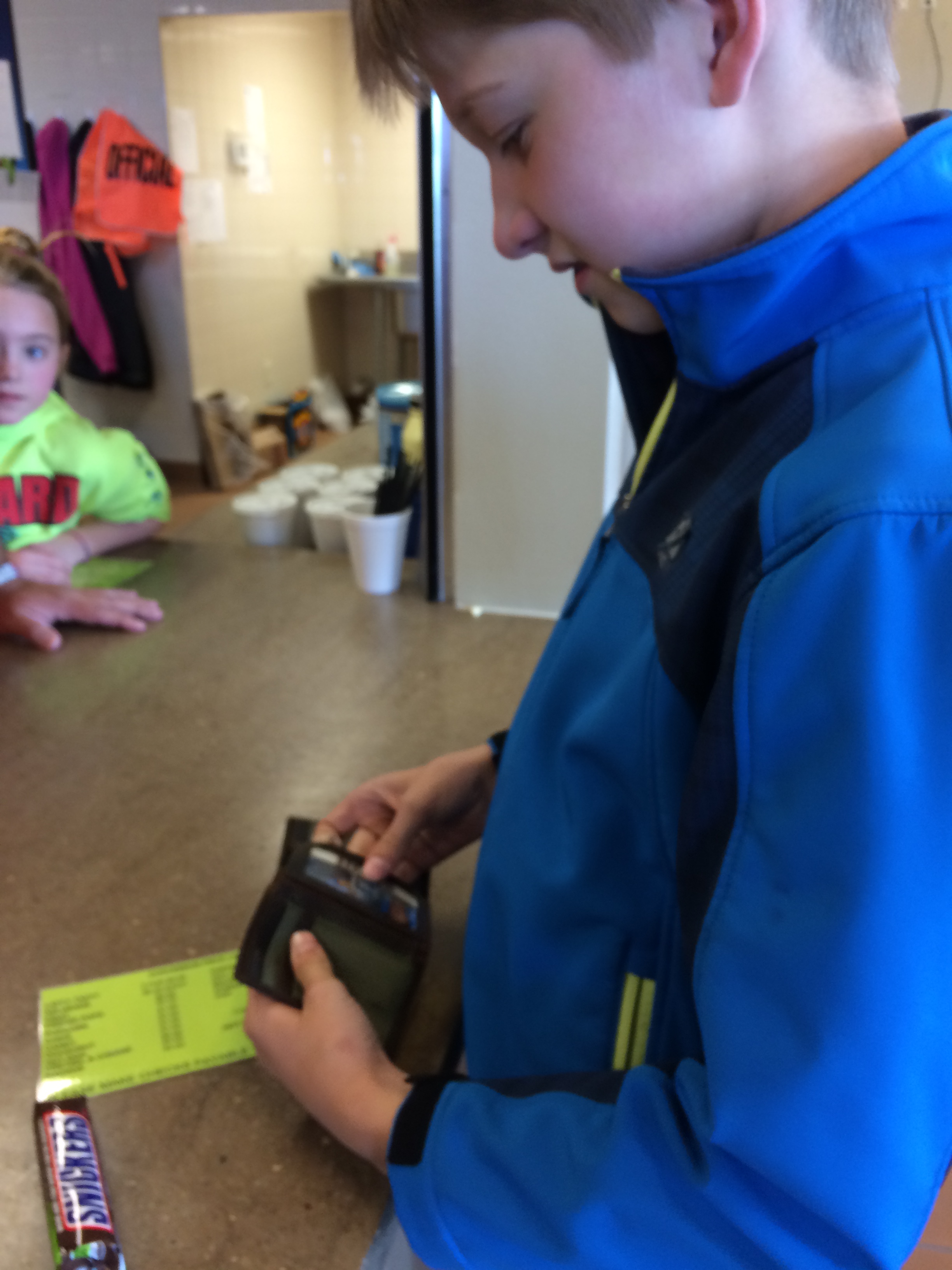
Transfer Skills
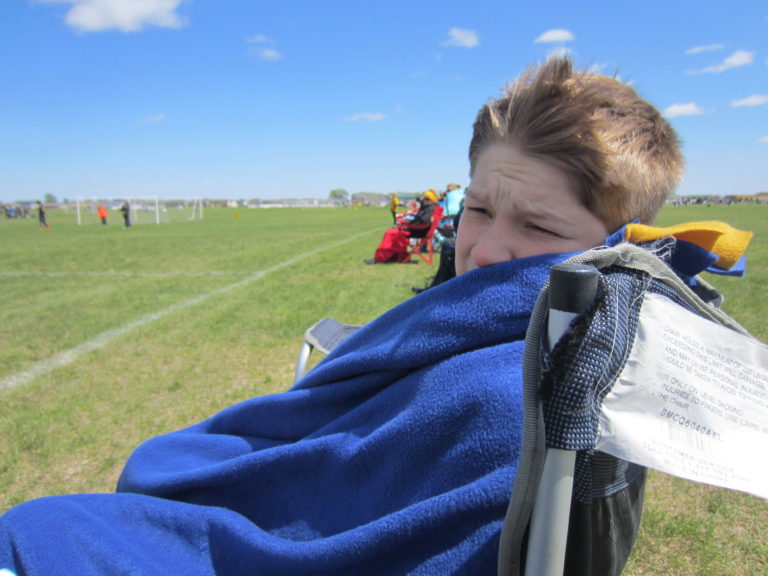
Once, as a little girl, I remember standing in line with my mom at a Zellers checkout and my mom asking the cashier for change in quarters, nickels, and dimes. In school teacher fashion, that summer, she taught me and my sister how to make change—with real money. Not paper cut outs of coins or plastic coins, but real coins. Even back when I was 6 or 7 years old, I hated math, but I remember my mom telling me, “This is important. You’re going to have to know how to do this. This is a type of math I guarantee you’ll need to know.”
And I believed her. Because I watched her do “that kind of math” every day—sometimes with paper bills and coins, sometimes with a credit card (back then you had to put it in some contraption with carbon paper and pull a slider back and forth to imprint the card and the cashier would tear off a yellow copy for you to keep). At 6 or 7 I believed that kind of math was important because I saw it was important. I knew I couldn’t get what I wanted from a store without it.
We’ve been practicing basic money skills with J during W’s soccer games. During half time, J and I will go to the concession stand and we’ll practice buying an item of his choice. As a parent of a child with ASD, I’m finding it’s much more complicated than I initially thought. Even though there’s really three main things to consider, I didn’t realize how much went on in each of those steps. It’s quite complicated for a child with ASD to buy a chocolate bar.
- Be prepared for the math. J is incredibly talented and quick at doing math problems in his head but once he gets to the counter, it’s like his mind forgets everything. It’s surprising how hard it is for someone who can count by 27’s up to 540 and beyond to figure out change for something that costs $1.50 when all you have is $2.00. I have to remind him every time to subtract the amount he is giving to the cashier from the price. I think I need to show him how counting by 25’s can be really helpful in real life.
- Practice the Social Skills: It’s surprising how many simple social skills are involved in a simple purchase: waiting in line, making a decision, thinking up of a backup decision if your 1st choice is out of stock, and then being okay if your 1st choice is out of stock. (Luckily for J, candy is candy and there’s not really a “bad option” out there). Then there’s the turn taking aspect of it all. The cashier takes her turn by telling you the price, you take a turn to assess the right amount (or surplus amount) of money and give that to her, then it’s her turn to take your money and award you with your candy (and possible change). That’s a lot of processing of information and cues—no wonder he blanks on the math.
- Don’t Forget Fine Motor Skills: Sometimes pulling bills out of a wallet or fishing for coins can be tough for J (like I said earlier, I didn’t realize how complicated this could be until we started trying it). Sometimes J gets frustrated because he knows his social skills are bad and people are waiting on him as he struggles to get money out. Luckily, the concession is usually pretty empty when we go, and luckily the vendors are really patient with J. They don’t know he as autism, but they always smile and are very patient when we got through the whole ordeal. It’s kind of nice because they usually have a little price list he can look at and give it to him (which reduces some of the social interaction that’s hard for him)
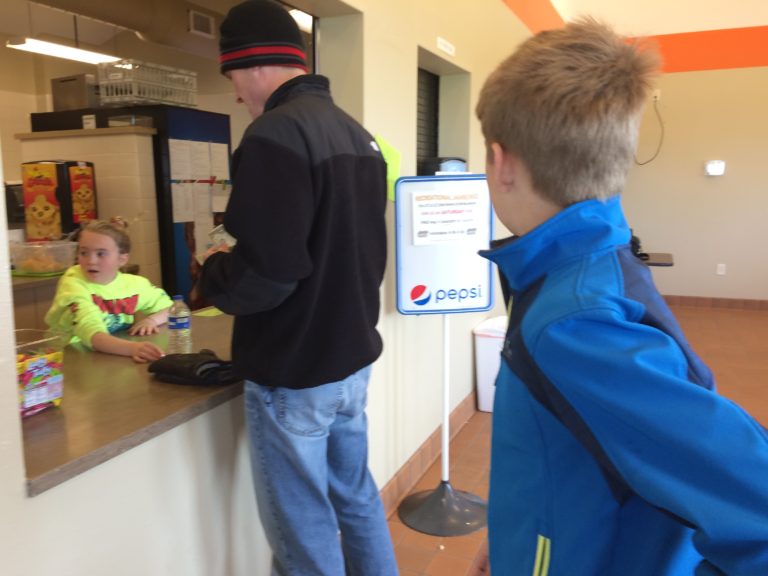
I’ve realized over the school year that even though J has made a lot of good gains in academic skills (studying for tests, and even reading comprehension) it’s still really hard for him to apply skills from one subject to another. Just like J has a hard time applying his math skills at the concession stand, he has a hard time applying learned skills to other areas.
A few days ago, J was reading a book on Italy, and under the physical geography section it mentioned “square miles” and he asked, “Mom? What does square miles mean?”
“You know what square miles means. You use square miles in math?”
I got a blank stare.
“Square miles? With the little “2” on top? Measuring area?”
And then I got a look of recognition. Like, “Yeah, I’ve heard of that before.”
It’s then I realized a little bit of how J’s brain works. If it’s a math concept, it stays in the math category. If it’s a geography concept, it stays in the geography. To J, there are no transfer concepts. Subjects don’t seem to talk to each other in his brain. To him, these separate subjects couldn’t possibly have a relationship with each other. When he compartmentalizes all these little facts, it’s hard to see how they apply to real life. And that’s a big obstacle we’re trying to figure out. That’s why I’m looking for practical ways to show him how to use the skills he’s learning.
Saturday was W’s last game of the season, so J won’t be visiting the concession for a few more months, but I’ve realized, especially for him, how important it is to apply the skills and knowledge he is learning to everyday life and in the summer months I’ll be looking for more of these opportunities. It helps understand the world better. It helps him to interact with the world better.
